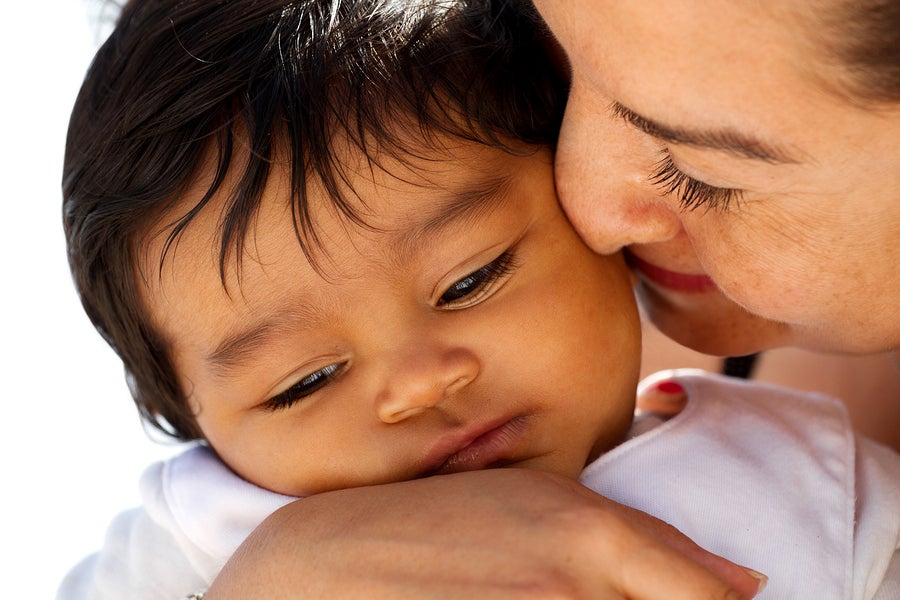Ninety-seven percent of children living in the US are citizens, but one in four have an immigrant parent. New research from the Urban Institute shows that coverage gaps for citizen children with noncitizen parents widened relative to other children from 2016-2019, reversing much of the coverage gains these children experienced from 2013-2016.
These findings are consistent with trends we have documented for Latino children in recent years – after a decade of success narrowing coverage inequities for Latino children, progress unraveled in recent years. Ninety-five percent of Latino children are US citizens, but almost half have at least one noncitizen parent.
The Urban Institute findings point to declining participation in Medicaid/CHIP as a factor that led to the increase in uninsurance for citizen children with noncitizen parents. Declining Medicaid/CHIP enrollment is often an early warning sign of increasing uninsurance rates, but the participation rate data is even more telling because it accounts for changes in eligibility.

The figure above tells the whole story. Children’s coverage levels went in the wrong direction from 2016-2019 across the board, but citizen children with noncitizen parents experienced more coverage losses than citizen children with citizen parents. Similarly, the Medicaid/CHIP participation rate declines for all children from 2016-2019, but the decline was steeper for citizen children with noncitizen parents.
These trends stand in stark contrast to the 2013-2016 period. Over that time, longstanding coverage inequities by familial immigration status narrowed – a difference of 4.4 percentage points in 2013 compared to 2.7 percentage points in 2016. Medicaid/CHIP participation rates followed a similar trend. In 2013, the difference in participation rate between citizen children with citizen parents and citizen children with noncitizen parents was 1.1 percentage point, narrowing to 0.8 percentage points by 2016.
This is a good and bad news story. The bad news is that children in mixed status families are worse off today than they were a few years ago. The good news is that we know we can do better – we’ve proven it already.
The Biden Administration has taken some important steps in the right direction, especially by rescinding the changes to the public charge rule that would have made it harder for low- and moderate-income families to obtain lawful permanent status. Unfortunately, the Trump Administration’s public charge policy changes, along with other anti-immigrant policy changes and rhetoric, had a negative, widespread impact that continues today. Undoing the harms of the last several years will take time and concerted effort.
Implementing strategies to increase Medicaid/CHIP participation among children in mixed status families would go a long way toward reducing these troubling coverage inequities. Some strategies, such as adopting 12-months continuous coverage in Medicaid and CHIP would help all children maintain coverage, but other strategies need to be more targeted. For example, outreach and enrollment with trusted community partners focusing on those groups of children who are more likely to be uninsured, adopting the state option to waive the 5-year waiting period of lawfully residing children and pregnant women in Medicaid and CHIP, and using state-only funds to cover all children regardless of citizenship status. Finally, it will be critical that CMS and states do everything in their power to maintain coverage for eligible children and families at the end of the public health emergency.
Unfortunately, we won’t have new data this fall on the number of uninsured children in 2020. But even without new data, we know that the COVID-19 pandemic has taken a toll on families across the country, with a disproportionate, negative impact on immigrant communities. There’s no need to wait for data to confirm that we need to do more to reach children in immigrant families with comprehensive, affordable health coverage. We can start now.


